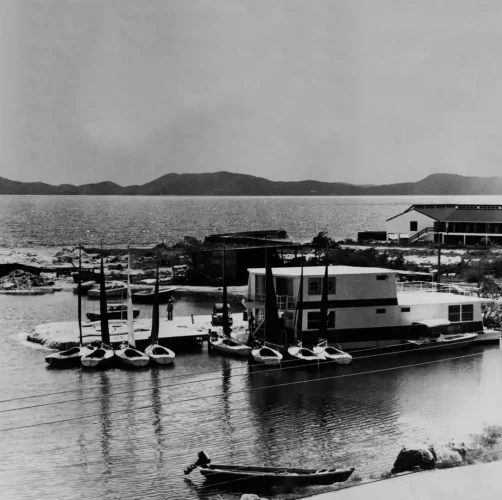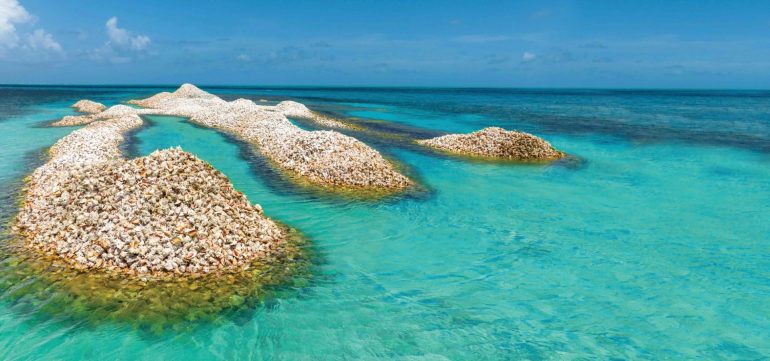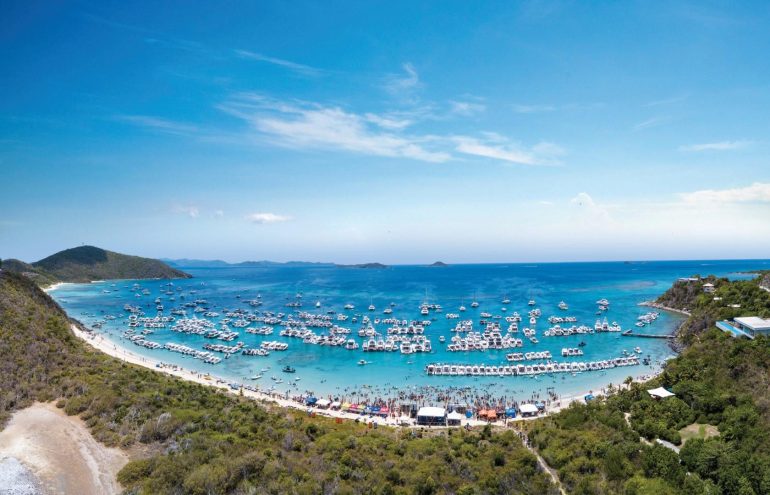Coral on Acid – No, administering drugs to coral to remedy some of their diseases isn’t quite what this article is about. It is, however, about coral on acid—acid created by alterations in the ocean’s chemistry due to climate change. You may already know what climate change is since it seems to be making headlines nearly every day, but what follows is a quick rundown of the basics.
A number of gases naturally occur in the earth’s atmosphere, such as Carbon Dioxide (CO2), methane and nitrous oxide, to name a few. These “greenhouse gases” regulate earth’s temperatures, providing a blanket around the planet that prevents it from being too cold for humans to survive. However, too much of these gases will literally smother the earth and cause temperatures to rise, like on Venus where CO2 is so high that surface temperatures are over 800°F.

Since the beginning of the Industrial Revolution in the late 18th and early 19th centuries, the use of fossil fuels (e.g., gas, coal and oil) that emit CO2 has increased the total amount of CO2 in the atmosphere. The level of CO2 in the atmosphere today far exceeds levels found over the past 650,000 years; as a result, both air and water temperatures have slowly been rising. In fact, although some years are cooler than others, over the past 130 years, temperatures have never fallen below the temperatures recorded in 1917.
The ocean helps to absorb CO2, and as more of this gas is emitted into the atmosphere, more is absorbed into the ocean. Unfortunately, this process is altering the ocean’s chemistry. Without explaining all the biogeochemistry (yes, it is a word, and it’s a scary class to take in college) involved, simply put, the oceans are becoming more acidic.

As this occurs, many species will begin to suffer. The most catastrophic consequences of the change in the ocean’s chemistry will be felt by the coral reefs. Because coral produce a calcium carbonate skeleton, a skeleton that is not conducive to acidic surroundings, there will be a shift from calcification to erosion. This will leave millions of species that depend on the reef for food and shelter highly vulnerable to individual death and species extinction. This will also promote coastal erosion due to the breakdown of reef structures that protect the coastline from incoming waves during swells and storms.
It is not just the reef that will suffer; many other species produce calcium carbonate as part of their own structures, such as the lobster’s carapace, the conch’s shell and the sea star’s skeleton. Like the reef, these species’ own carbonate “wardrobe” will become weak, forcing the creature to work harder just to produce what it needs to survive.

Unfortunately, this is a major consequence of human-induced climate change. While there have been cycles of climate change throughout earth’s history, humans have produced so much CO2 in such a short span of time that our natural world is having a difficult time keeping up with these changes. Add to this the fact that development has destroyed many natural habitats for biodiversity to exist, and we are left with little to pass on to our next generations.
So what do we do? Protect what we have left and give the biodiversity that does exist the opportunity to try to adapt to climate change. Little things we here in the BVI can do are as simple as protecting what is in your own backyard: Plant a tree, pick up your own garbage, use energy-efficient lights or even walk from your office to the bank instead of driving. These are just a few changes each and every one of us can make to fight this adversary called climate change.

The International Year of the Reef 2008 is a worldwide campaign to raise awareness about the value and importance of coral reefs and threats to their sustainability, and to motivate people to take action to protect them. To that end, over the next year, articles about coral reefs will appear as a regular feature in this magazine.





